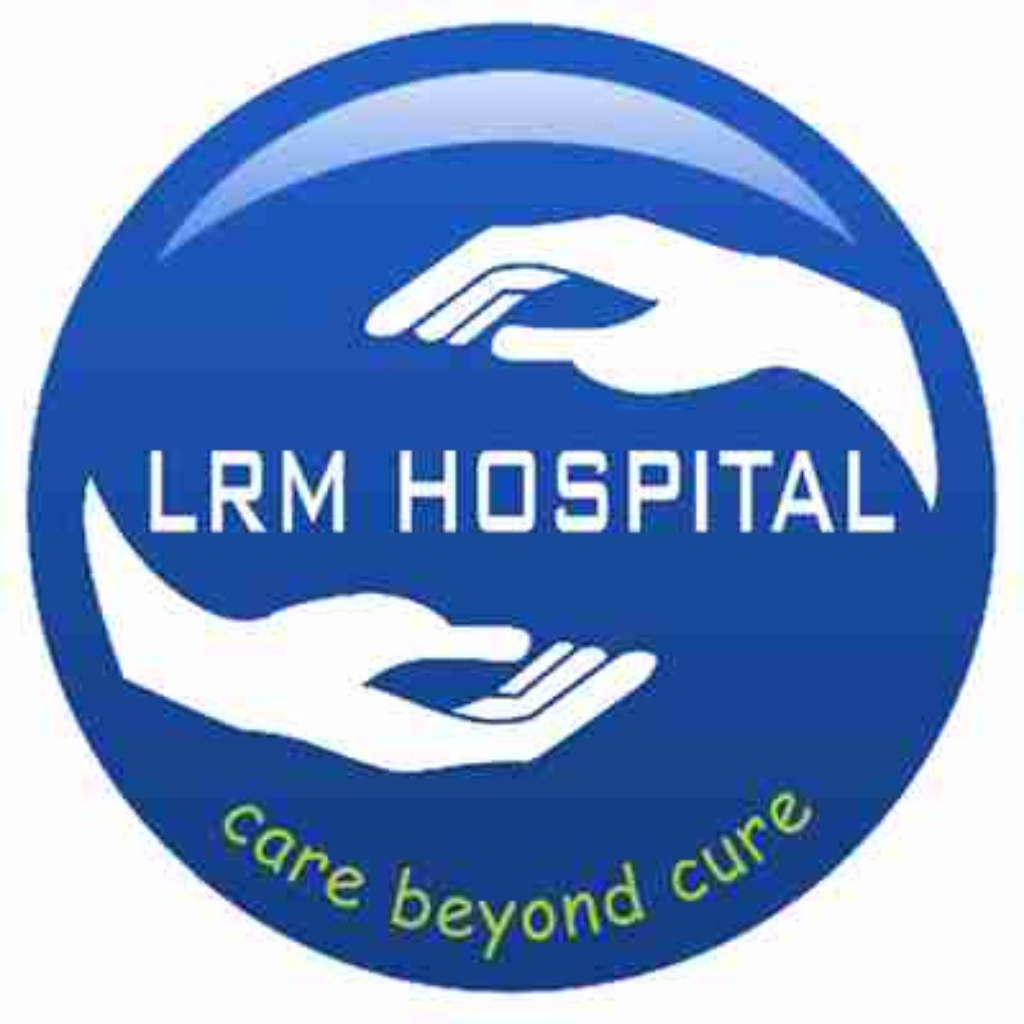What is Neonatal Hypoglycemia?
Neonatal hypoglycemia means low blood sugar in newborns. This condition happens when a baby’s blood sugar drops below normal levels. Blood sugar, or glucose, gives energy to the body and brain. For newborns, keeping blood sugar steady is very important. In fact, low blood sugar in newborns can cause health problems if not treated quickly. According to the World Health Organization (WHO), early detection and care are key to preventing complications.
Symptoms of Neonatal Hypoglycemia
Sometimes, signs of neonatal hypoglycemia are hard to notice. However, knowing what to look for can help parents and caregivers act fast. Common symptoms include:Jitteriness or shakingPoor feeding or refusing to eatWeak or high-pitched cryLow body temperaturePale or bluish skinSeizures or twitchingLimpness or low energyBreathing problems
Still, some babies may not show clear symptoms. Therefore, regular screening is important, especially for babies at risk.
Causes and Risk Factors
Neonatal hypoglycemia can happen for many reasons. Some babies are more likely to have low blood sugar. Common causes and risk factors include:Premature birth (born before 37 weeks)Low birth weightBabies born to mothers with diabetesStress during birth, such as a long laborInfection or illness in the newbornProblems with feedingGenetic or hormone issues
Because of these risks, doctors often check blood sugar in newborns who may be affected.
Diagnosis and Screening
Early diagnosis of neonatal hypoglycemia is very important. Usually, doctors use a simple blood test to check a baby’s blood sugar. This test is quick and only needs a small drop of blood from the baby’s heel. In many hospitals, babies with risk factors get screened within the first few hours after birth. If low blood sugar is found, doctors may repeat the test to confirm the result. Regular monitoring helps prevent serious problems.
Treatment Options
Treating neonatal hypoglycemia depends on how low the blood sugar is and the baby’s symptoms. Common treatment options include:Feeding the baby more often, either by breast or bottleGiving special formula or sugar water if neededProviding glucose through an IV (a small tube in the vein) for severe casesMonitoring blood sugar levels closely
Most babies respond well to early treatment. However, some may need care in a special nursery or neonatal intensive care unit (NICU).
Prevention and Parental Guidance
Although not all cases can be prevented, there are steps parents and caregivers can take. For example, mothers with diabetes should manage their blood sugar during pregnancy. Feeding newborns soon after birth also helps keep blood sugar steady. In addition, parents should watch for signs of neonatal hypoglycemia and tell their doctor about any concerns. Hospitals may have different guidelines based on location, so ask your care team what to expect.
When to Seek Emergency Care
Sometimes, neonatal hypoglycemia can become an emergency. If your baby shows any of these signs, seek help right away:Seizures or jerking movementsDifficulty breathing or turning blueExtreme weakness or unresponsivenessRepeated vomiting or refusal to eat
Quick action can prevent serious harm. Therefore, always trust your instincts and contact a healthcare professional if you are worried.
If you suspect neonatal hypoglycemia, consult a healthcare professional immediately for personalized care.

